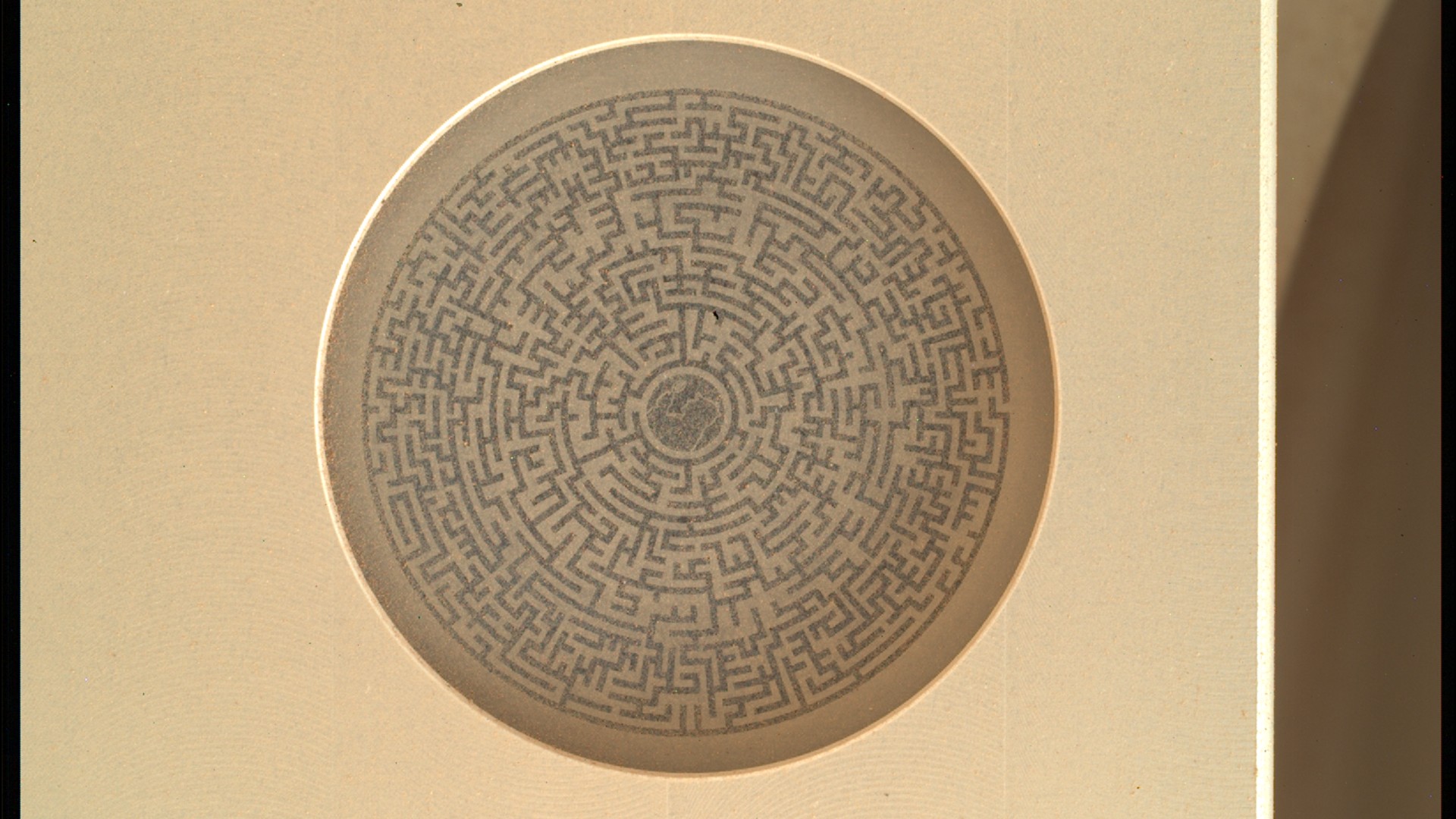Watch NASA test potentially revolutionary 3D-printed rocket engine (video)
NASA placed a supersonic combustion engine on the firing stand, and early tests for interplanetary exploration show promise.
This futuristic engine could save lots of propellant on interplanetary journeys, perhaps allowing NASA to explore the solar system more efficiently.
NASA completed a round of testing last year with the "rotating detonation rocket engine," which generates thrust using fuel-saving supersonic combustion, agency officials wrote in an update on Wednesday (Jan. 25).
Those tests were very early-stage, but agency officials say that future iterations of the technology could be used on moon or Mars missions, for robotic probes or crewed landers.
Related: How long does it take to get to Mars?

Expanding humanity's footprint across the solar system will require a fundamental rethink of how we approach long-distance travel, with both fuel and time, exploration advocates say.
Getting to Mars with current propulsion technology takes six to nine months. Slashing the travel time is a priority for NASA, which wants to make the trip more efficient and safer for astronauts. For example, the agency is working with DARPA to develop one possible superfast option, nuclear thermal propulsion, with the goal of demonstrating such a system in space by 2027.
The rotating detonation rocket engine could be part of the agency's exploration toolkit someday as well. In the recent tests, the engine was hot-fired on a stand at NASA's Marshall Space Flight Center in Alabama more than 12 times, adding up to almost 10 minutes of total firing duration.
Get the Space.com Newsletter
Breaking space news, the latest updates on rocket launches, skywatching events and more!
The tests showed the 3D-printed engine can fire for at least a minute continuously, while "withstanding the extreme heat and pressure environments generated by detonations," NASA officials wrote.
Next up is a 10,000 pound-class engine (roughly 4,500 kilograms of thrust), which will more than double the 4,000 pounds (1,814 kg) of thrust already achieved. Engineers at NASA and Indiana industry partner IN Space LLC will test this future iteration "to identify performance benefits over traditional liquid rocket engines." (Timing on the tests was not disclosed.)
NASA's current timeline for solar system expansion calls for astronauts to begin flying to the moon's surface in 2025 or thereabouts aboard the Artemis 3 mission, with human exploration of Mars following in the late 2030s or early 2040s. Such timelines have been pushed back numerous times over the decades, however, due to budgetary and political issues.
Follow Elizabeth Howell on Twitter @howellspace. Follow us on Twitter @Spacedotcom or Facebook.
Join our Space Forums to keep talking space on the latest missions, night sky and more! And if you have a news tip, correction or comment, let us know at: community@space.com.

Elizabeth Howell (she/her), Ph.D., was a staff writer in the spaceflight channel between 2022 and 2024 specializing in Canadian space news. She was contributing writer for Space.com for 10 years from 2012 to 2024. Elizabeth's reporting includes multiple exclusives with the White House, leading world coverage about a lost-and-found space tomato on the International Space Station, witnessing five human spaceflight launches on two continents, flying parabolic, working inside a spacesuit, and participating in a simulated Mars mission. Her latest book, "Why Am I Taller?" (ECW Press, 2022) is co-written with astronaut Dave Williams.
-
Space Ponder Thanks for making the title non-capital for every start of the words, a pet peeve of mine, lol.Reply
